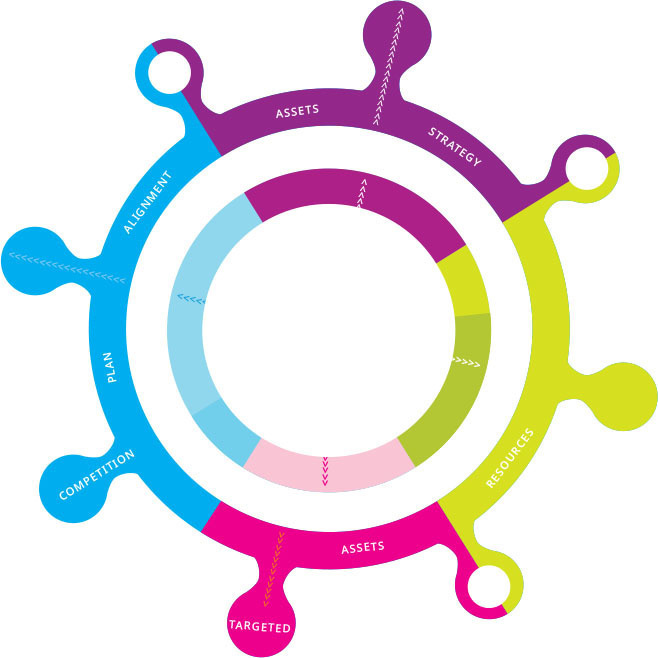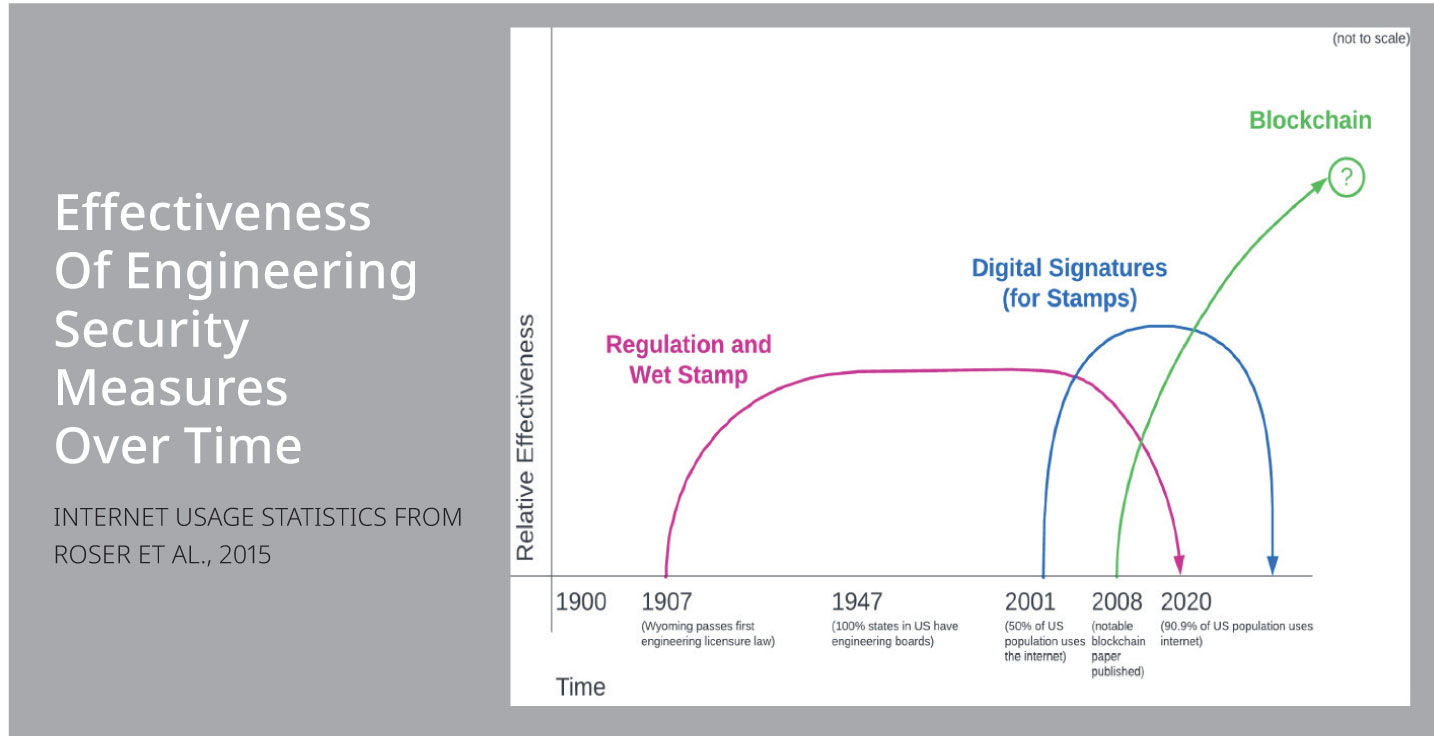September/October 2017
Communities: Construction
Contractors Struggle to Make Prefabrication Effective
 The use of prefabrication on construction projects tripled from 2010 to 2016; however, contractors are still struggling to make prefabrication effective, according to a new study.
The use of prefabrication on construction projects tripled from 2010 to 2016; however, contractors are still struggling to make prefabrication effective, according to a new study.
The survey, conducted by management consulting firm FMI and the BIM Forum, revealed that the average use of prefabrication increased to 35% in 2016 from around 13% in 2010, but 86% of respondents perceived their prefabrication process as ineffective or in need of improvement. The survey also found that the key obstacles to making prefabrication effective include culture, lack of commitment, and an outdated control mindset.
Digital connectivity, cloud computing, advances in building information modeling, and 3D printing are all driving prefabrication to greater accuracy. The study concludes that prefabrication can have many benefits if used effectively, including on-site time savings, access to a larger workforce by using lower-skilled workers, competitive differentiation in winning new work, higher margins, better safety and risk control, and greater consistency in quality output.
According to the study, contractors using prefabrication on more than 50% of their projects were more effective compared to those who did less prefabrication. Participants considered “reduced project schedules as a critical benefit of prefabrication” as their number one incentive for project success. Those surveyed also said that they would “like to see their investments in prefab labor hours increase from 20% (2016 average) to almost 40% on average within five years.” Of those surveyed, 75% were in commercial construction, while a smaller percentage were in industrial, civil, and residential.
“Making prefabrication successful requires a cultural mindset. CEOs, project managers, estimators, superintendents—everyone has to buy into it. It needs to be throughout the entire company, top to bottom,” says Aaron Thompson, vice president of design and fabrication at Corbins Electric. “That is the only way it will work effectively.”


 Volunteering at NSPE is a great opportunity to grow your professional network and connect with other leaders in the field.
Volunteering at NSPE is a great opportunity to grow your professional network and connect with other leaders in the field. The National Society of Professional Engineers (NSPE) encourages you to explore the resources to cast your vote on election day:
The National Society of Professional Engineers (NSPE) encourages you to explore the resources to cast your vote on election day:


